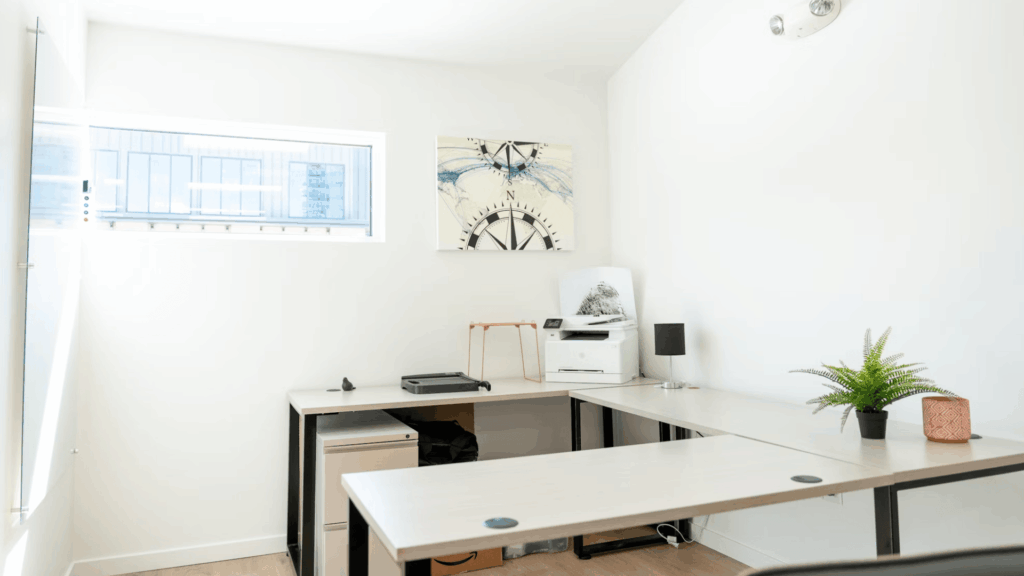Most people don’t realize how much natural light affects their daily lives until they’re stuck in a windowless office or a dark basement room for hours. The human body is wired to respond to natural light cycles, and when buildings cut us off from daylight, the effects go far beyond just needing to flip on more switches.
The impact of natural light on human health runs deeper than most architects and builders consider during the design process. Research consistently shows that people working in naturally lit environments report better mood, improved sleep patterns, and higher energy levels throughout the day. The reason comes down to how our circadian rhythms function – those internal clocks that regulate everything from hormone production to body temperature.
When natural light exposure gets limited, particularly during winter months, many people experience what’s commonly called seasonal affective disorder. But even mild light deprivation can cause problems. Office workers in windowless spaces often struggle with afternoon fatigue, difficulty concentrating, and general feelings of being mentally foggy. The solution isn’t just adding more artificial lighting – it’s about getting real daylight into indoor spaces.
The Energy Savings Nobody Calculates Properly
Here’s where the numbers get interesting. Buildings account for roughly 40% of total energy consumption, and a significant chunk of that goes toward lighting and climate control. Natural light can dramatically reduce both, but most people only think about the lighting savings.
During peak daylight hours, well-designed daylighting can eliminate the need for artificial lighting in many spaces. That’s the obvious benefit. What’s less obvious is how natural light affects heating and cooling costs. Strategic placement of windows, roof lights, and features such as skylights can reduce the need for artificial lighting while managing solar heat gain to maintain comfortable temperatures without overworking HVAC systems.
The problem is that many building projects approach daylighting as an afterthought rather than integrating it into the fundamental design. When natural light gets treated as a bonus feature instead of a core building system, the energy savings potential gets wasted. Smart daylighting design considers the building’s orientation, local climate patterns, and how different spaces will be used throughout the day.
But get this – the energy savings from natural light aren’t just about reducing electricity bills. There’s also the factor of peak demand charges that many commercial buildings face. Natural light reduces electrical load during the day when utility rates are often highest, creating savings that compound over time.
Design Considerations That Make or Break Daylighting

The key to effective natural light isn’t just about adding more windows. It’s about understanding how light behaves in interior spaces and designing accordingly. Direct sunlight can create harsh glare and uncomfortable hot spots, while insufficient light leaves spaces feeling dim and unwelcoming.
Successful daylighting balances several factors: the amount of light entering the space, how it gets distributed, and controlling unwanted heat gain or loss. This is where building orientation becomes critical. South-facing windows provide consistent light throughout the day but can cause overheating in summer. North-facing windows offer steady, even light without the heat problems. East and west exposures bring challenges with low-angle sun that can create glare issues.
The placement and size of light sources matters enormously. High windows or roof-mounted options can illuminate deep into interior spaces without the privacy and security concerns of ground-level windows. The light quality from above tends to distribute more evenly throughout a room, reducing the contrast between bright and dark areas that causes eye strain.
Room geometry plays a role too. Spaces with higher ceilings can take advantage of natural light more effectively because the light has more room to bounce around and spread evenly. Lighter colored interior surfaces help reflect and distribute available light, making smaller amounts of natural light more effective.
The Productivity Connection
Multiple studies have tracked worker performance in naturally lit versus artificially lit environments, and the results consistently favor natural light. People working in daylit spaces show improved cognitive performance, reduced errors, and better overall job satisfaction. These aren’t small differences either – some studies report productivity improvements of 15% or more.
The mechanism behind this improvement involves several factors. Natural light helps maintain proper circadian rhythms, which affects alertness and mental clarity. The connection to the outdoor environment, even through windows or skylights, provides psychological benefits that artificial lighting simply cannot replicate.
For schools, the benefits are particularly pronounced. Students in classrooms with ample natural light show better test scores and improved attendance rates compared to those in artificially lit spaces. The learning environment becomes more engaging when it includes views of the outdoors and changes in light quality throughout the day.
Making Natural Light Work in Existing Buildings
Retrofitting existing buildings for better daylighting presents challenges, but the options are more extensive than many property owners realize. Adding skylights, enlarging existing windows, or installing light shelves can dramatically improve natural light levels without major structural changes.
The key is conducting a proper assessment of current conditions and identifying the most cost-effective improvements. Sometimes simple changes – such as removing or relocating interior walls, changing paint colors, or installing reflective surfaces – can significantly improve how existing natural light gets distributed throughout a space.
For buildings where major modifications aren’t feasible, hybrid solutions that combine natural and artificial light can still provide benefits. Modern lighting controls can automatically adjust artificial lighting based on available daylight, maintaining consistent illumination levels while maximizing energy savings.
The bottom line is that natural light isn’t just a nice-to-have feature in building design – it’s a fundamental component that affects health, productivity, and operational costs. Buildings that ignore daylighting miss opportunities for better occupant satisfaction and reduced energy expenses, while those that embrace it create environments where people feel more comfortable and perform better.

